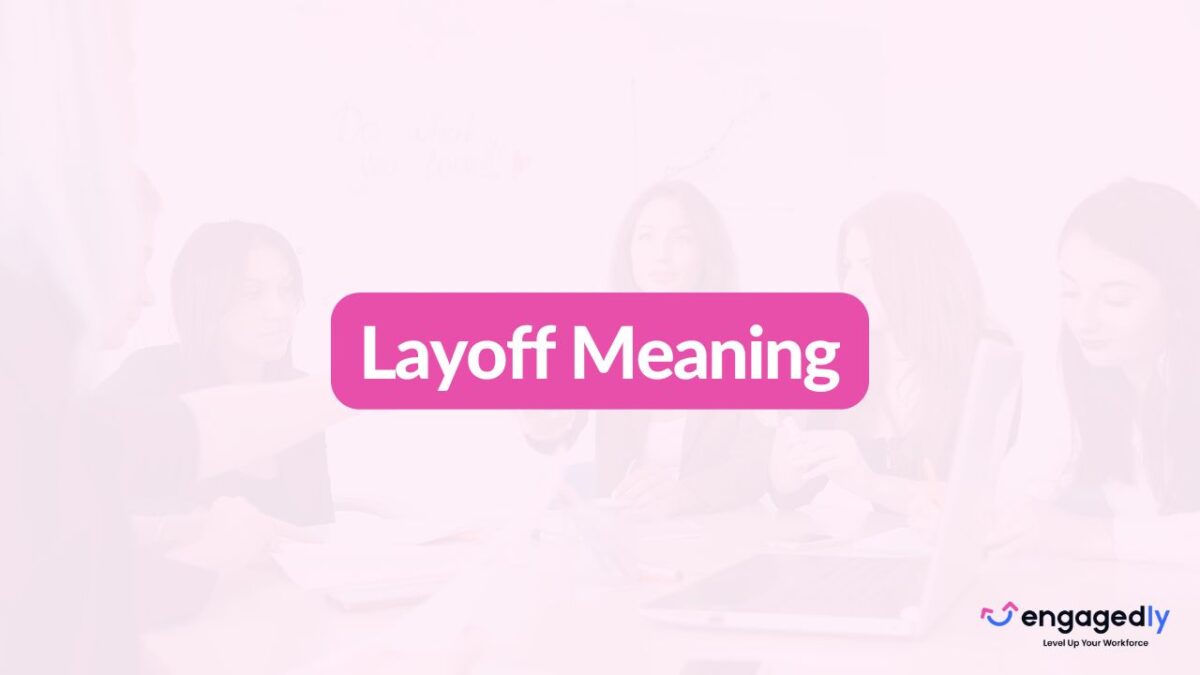What Is a Layoff?
A layoff is when an employee’s job ends due to business reasons—not because of performance issues. Common reasons include budget cuts, company restructuring, or changes in strategy. Layoffs are typically not the employee’s fault.
Different Types of Layoffs
- Temporary Layoff
The employee is expected to return to work once conditions improve.
- Permanent Layoff
The job ends completely, with no plan to rehire.
- Voluntary Layoff
Employees can choose to leave—often with a severance package—usually during downsizing efforts.
Why Do Companies Lay Off Employees?
- Financial challenges like declining revenue or rising costs
- Business restructuring or mergers and acquisitions
- Job redundancy due to automation or new technology
- Reduced demand for products or services
- Economic downturns affecting entire industries
What Happens After a Layoff?
Employees who are laid off may receive:
- Severance pay (depending on company policy)
- Unemployment benefits (as per local laws)
- Job placement help or reference letters
Employers are often required to follow labor laws like the WARN Act, which may require advance notice in certain situations.
How Layoffs Affect Companies and Employees
For employees, layoffs can lead to:
- Financial uncertainty
- Emotional stress
- Disruption in career plans
For employers, layoffs can impact:
- Team morale
- Brand reputation
- Legal risk if not handled properly
Best Practices for Handling Layoffs Responsibly
Companies should aim to make layoffs fair and transparent by:
- Clearly explaining the reason behind the decision
- Offering resources like counseling or job support
- Complying with all legal requirements
- Training managers to communicate with empathy

